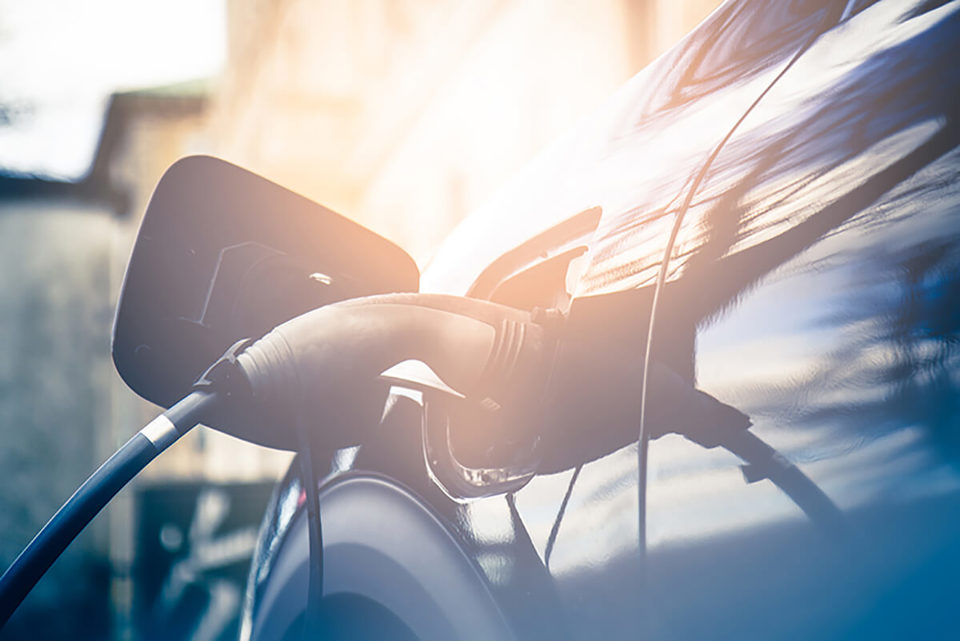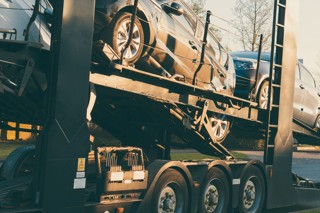Arval is warning plug-in they may need to unplug their electric cars and vans during the coronavirus lockdown to reduce the risk of battery damage.
David Watts, consultant at the fleet management and leasing company, explained that leaving an electric vehicle (EV) permanently on charge while the vehicle was hardly being used could cause issues.
He explained: “General manufacturer advice is that if 100% battery range is not required for your journey, you should routinely charge to no more than 80% to reduce battery degradation and maintain its efficiency over time.
“Therefore, it is recommended that if the EV is unused for an extended period – as is likely to happen during the lockdown - it is not left plugged in and charging continuously to keep it at 100%. This has the potential to damage the battery.
“Experienced EV users may know this fact already but, in recent months, we have seen a significant increase in the number of drivers of these kinds of vehicles, partially thanks to the new 0% benefit in kind company car taxation rate, therefore many people may not be aware of the risk.”
It also remains important to keep an eye on the current state of charge of an EV, says Watts, as it shouldn’t be allowed to drop below 20%.
“During long periods of relative inactivity such as we are likely to see during the lockdown, all EVs will experience a degree of battery charge loss or self-discharge over time due to power drain from electronics within the vehicle, generally in the region of 2% per month,” he said.
“However, the level depends on the car or van and the mode in which it has been left – such as standby or shutdown.
“It is normally recommended that any EV should be kept at between 50-80% charge. This means unnecessary battery degradation by charging to nearer 100% will not occur but also, at the other end of the scale, 50% is high enough to prevent damage due to over-discharge. It’s worth remembering that fully discharging the battery can also cause damage.”
Some cars had the ability, Watts explains, to set a charge limit – often within an app supplied by the manufacturer - so that they can be left plugged in and would stop charging automatically. However, others needed to be left unplugged and manually monitored, normally once a week.
“As always in these instances, it is best to look at the manual that comes with the car or check on the manufacturer’s website,” he said.
“Working with our customers, we’re finding take-up of EVs is increasing rapidly and we are currently being asked many kinds of practical questions of this kind as drivers become accustomed to them as both a fleet and personal lease vehicle.”























Gordy - 08/04/2020 16:05
This advice is a bit vague. The guidance applies to the power train battery (the big, high-voltage battery which powers the motors which make the car move). No mention is made of looking after the “standard” 12-volt car battery which runs lots of other things and needs looking after too. The 12 volt battery fitted to every EV would be best looked after the same as every other conventional vehicle 12 volt battery on the road i.e. connected directly to a good quality trickle charger to make sure it stays over 12 volts to avoid permanent damage to this battery if it is allowed to fall not much below 12 volts. Most EVs have a 12 volt AGM battery which costs £200+ to replace if neglected. This is worth mentioning in the article.